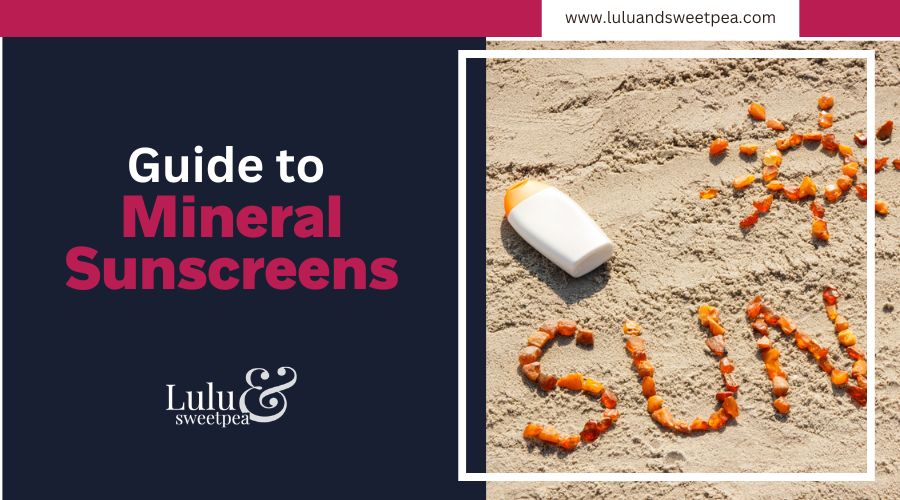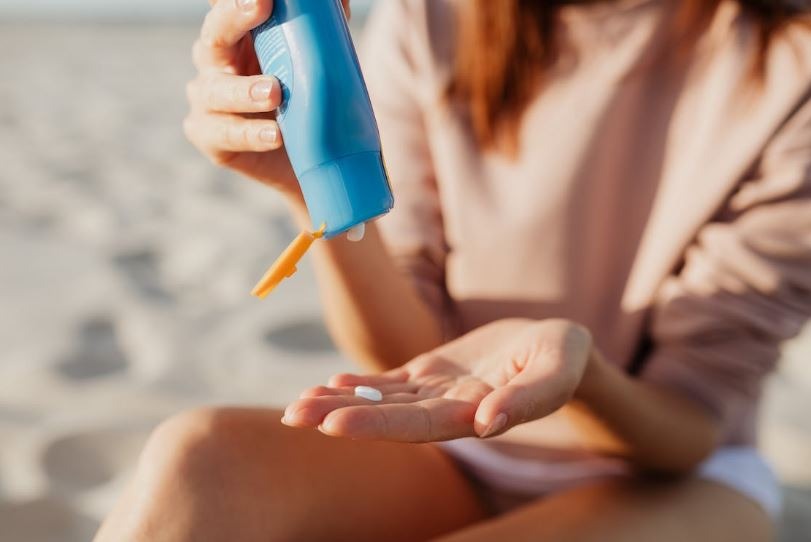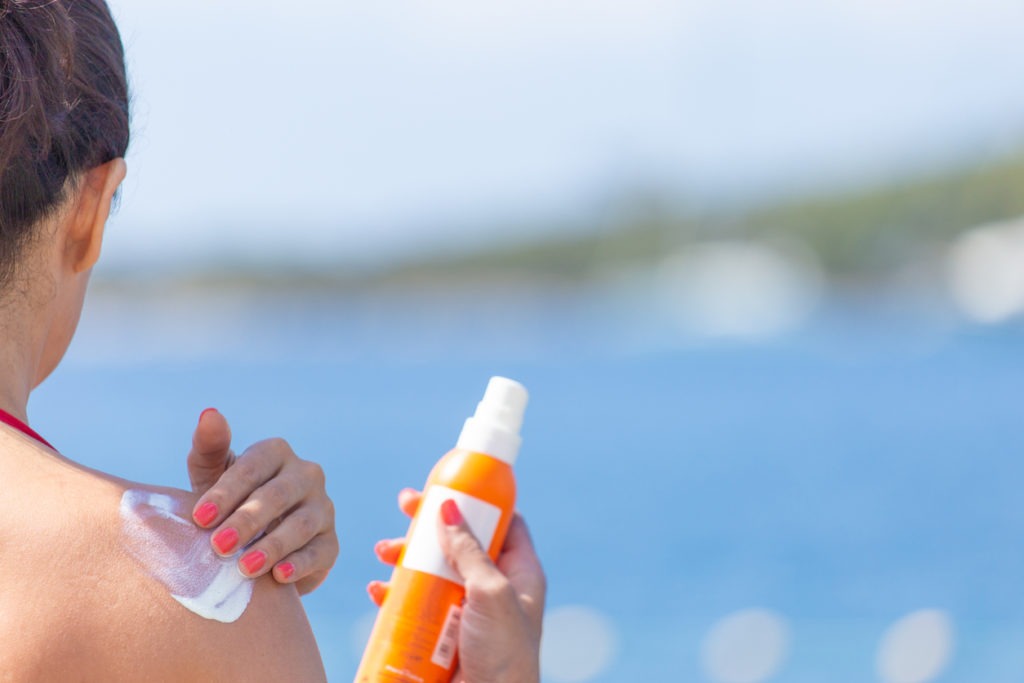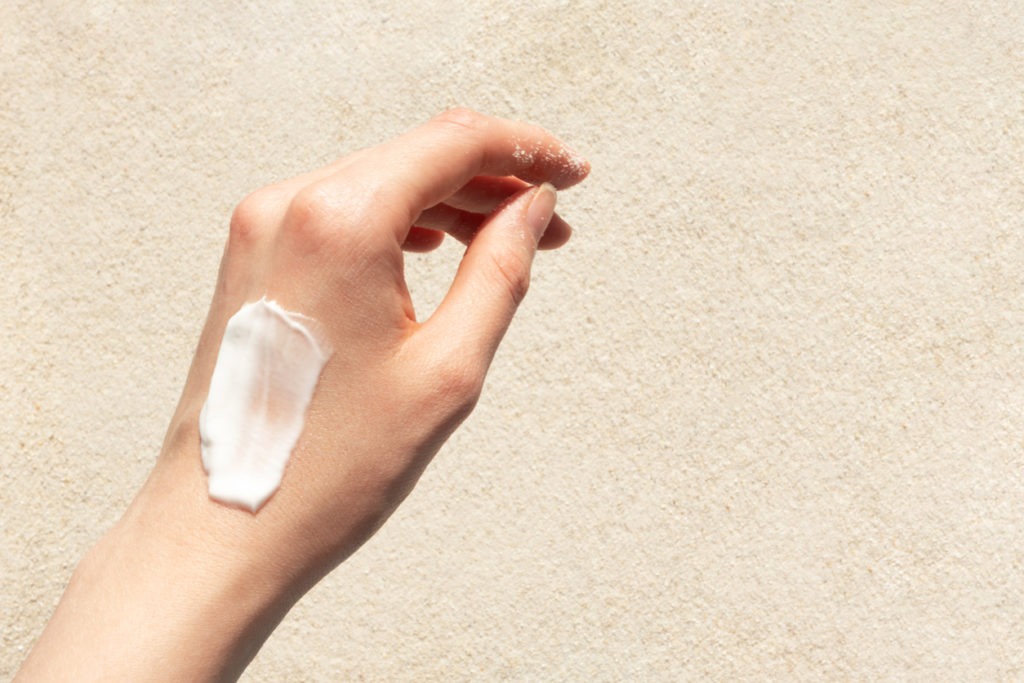The sun is out, and it’s the perfect time to bask under the heat of the sun! Even if it’s in your backyard or over the beach, you can’t deny the heartwarming feeling when you feel the sun’s rays over your skin. Especially when you’ve had a long week over the tall buildings you work at or behind the curtains of your suburban home, it feels great to come out under the sun and feel the energy surrounding the environment.
Since the sun is so hot and bright, it can heavily affect people’s bodies. Most importantly, it also can affect the body’s biggest organ – the skin. The sun emits ultraviolet rays, and exposure to it for a long time can harm the skin. Sunburn is the most obvious and immediate effect of this lengthened exposure on the skin. Having painful and red irritation after a long day in the sun is most likely because of the lack of proper skin protection. Because of this, sunburn can also cause headaches, fever, nausea, and even dehydration.
But how can you protect yourself from something so natural and inevitable such as sunlight? Lucky for you some skincare products can make the effect less painful and even protect your skin. One of these products is sunscreen! From the outside, all types of sunscreen may look the same, but some sunscreens contain ingredients that can be harmful as well.
Essentially, there are two types of sunscreens – chemical and mineral. On a technical aspect, the difference has something to do with the list of active ingredients. For chemical sunscreens, the active ingredients end in ate, one, or ene. On the other hand, mineral sunscreens contain zinc oxide and titanium dioxide.
It is important to note that some ingredients may cause harm to the skin as the skin absorbs these ingredients. Some studies have shown that some chemicals used in chemical sunscreens have caused serious health issues such as cancer, increased risk of endometriosis in women, and lower testosterone levels in adolescent men. These chemicals were allowed in sunscreens before these issues, and potential effects were discovered.
On the other hand, mineral sunscreens contain minerals that are also useful in the body but are safer to use because the skin doesn’t absorb them. In essence, they work as a barrier to reflect sunlight away from the skin; this makes them less irritating to be put on sensitive skin and will not harm the skin. Residues may remain after washing the face, but it remains unharmful. It’s also important to note that while minerals can be added to chemical sunscreens, having these minerals does not make it a mineral sunscreen.
To learn more about mineral sunscreens, we have prepared this guide just for you!
Benefits of mineral sunscreen:
1. Mineral sunscreen provides full protection
Chemical sunscreens only contain filters that protect the skin against UVB radiation. This UVB is the wavelength that can cause damage to the superficial layers of the skin, which causes sunburn. On the other hand, mineral sunscreen can also protect the skin against UVA. This UVA is the wavelength that could penetrate clouds while causing significant photo-aging through wrinkles and sun spots. Thus, mineral sunscreen has protection against the full spectrum of ultraviolet radiation. Make sure you choose a minimum of SPF 30 and have a product that screens both UVB and UVA radiation!
2. Mineral sunscreen caters to sensitive skin
Active ingredients in mineral sunscreens aren’t thoroughly absorbed into the skin, so they can be tolerated by sensitive skin. The physical filters in mineral sunscreens only sit on the skin’s surface, which acts as a screen to deflect UV radiation. On the other hand, chemical sunscreens penetrate the skin, which causes dermatitis.
3. Mineral sunscreen starts protection after application
While chemical sunscreens must be absorbed for at least some time before they begin working, mineral sunscreens can work immediately after application. You wouldn’t have to wait long or stay inside before it becomes effective. Thus, you’ll have less risk of getting sunburn and photo-aging.
4. Some mineral sunscreens can be applied over makeup
Most sunscreens need to be applied every two to four hours just to achieve the most optimal effectivity of the product. However, this becomes inconvenient, especially when you’re in the middle of a busy day with a full face of makeup on. Lucky for you, mineral sunscreens can be applied over any make-up base or foundation without ruining your make-up!
What to look for in a sunscreen:
1. Zinc oxide
As the main ingredient in mineral sunscreens, zinc oxide acts as a broad UV blocker. In effect, the active ingredient blocks both the UVA and UVB. Check the ingredients and composition of zinc oxide in the mineral sunscreens. There should be at least 20% in the sunscreens.
2. PUFA
This active ingredient is called polyunsaturated fatty acids. They should be very low or not there at all in mineral sunscreens. Under ultraviolet light, this ingredient can oxidize and further damage the cells. When you check the ingredients by their weighted contribution to the composition, this ingredient shouldn’t be in the first five.
3. Silicones
This active ingredient can cause congestion and dehydration of the skin, so it would be better to avoid this ingredient. This can be hard to get off and can easily build up on one’s skin, leading to acne. Skin irritations can be easily caused by this ingredient, especially for those people who have sensitive skin.
4. Fragrance
Even as enticing as it sounds, the fragrance doesn’t need to be looked for in the products. Especially if you’re one of those with sensitive skin, you need to find a sunscreen that does not contain fragrance. Many of the products that have this ingredient can be irritating to the skin. Make sure to check, however, if the fragrance is from essential oils because that becomes less of an issue.
5. Water resistant
Remember to check if the product you’re using is water resistant because it could easily defeat the purpose when the product washes out once you’re underwater. This is something to look for when swimming or at least when you expect to be sweaty.
Mineral sunscreens are the perfect products to use when you’re out under the sun. With the right knowledge of the active ingredients to watch for, you can ensure that your skin gets the best protection it needs.





